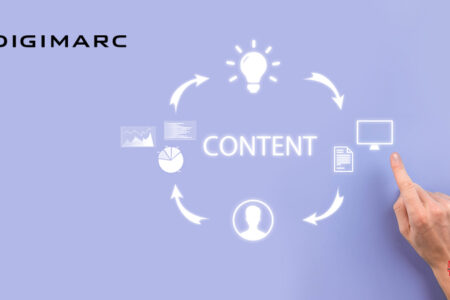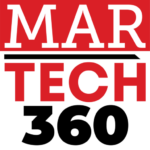Digimarc Corporation, the leader in product digitization and pioneer in digital watermarking, reinforced its commitment to protect digital content owners and consumers, announcing the company is offering device manufacturers, chip manufacturers, and content creation platforms free access to its Secure, Automated, Fair, and Efficient (SAFE™) digital watermark embedding and detection tools for digital assets.
The speed with which generative artificial intelligence (AI) is developing, combined with the lack of regulation and the potential for heightened dissemination of misinformation in a pivotal election year around the world, has created the perfect storm.
“Generative AI didn’t create the problems of deepfakes and intellectual property misappropriation in the digital world, but it is forcing the world to take long overdue steps to address them,” said Riley McCormack, Digimarc President and CEO. “We are committed to protecting and empowering both the creators and consumers of digital content. Collaboration across an open digital ecosystem is a critical first step.”
The ability to embed and detect digital watermarks in synthetic and non-synthetic content at the device or platform level is fundamental to safeguarding digital assets in the era of AI. It is also the most secure, efficient, and ubiquitous way to deploy digital watermarks at scale to create a safer, fairer, and more transparent internet. In addition to gaining compliance with upcoming global regulations, device manufacturers (camera, smartphone, tablet, laptop, and more) and content platforms can now offer content creators native (on-device or in-platform) tools to bind authenticity and ownership information to digital assets by embedding digital watermarks before assets are published, while also protecting manifests based on the Coalition for Content Provenance and Authenticity (C2PA) standard. These manifests are often stripped from content when uploaded to content libraries, websites, or published on social media. Equally important is on-device detection. Device manufacturers can now provide their customers with the ability to receive notification of digital content’s corresponding information, thereby creating a more transparent digital ecosystem.
Also Read: Mintegral Announces Registration to IAB’s Europe’s Transparency and Consent Framework,…
Not all digital watermarks are created equal.
Digital Watermarking is the science of hiding information about an item in the item itself. SAFE™ digital watermarks can communicate content provenance, authenticity, and copyright information about a digital asset in a way that is both secure and bound to the asset itself. To create a safer, fairer, and more authentic internet, digital watermarks must have five specific characteristics. Digital watermarks must be covert and machine readable, immutable, ubiquitous, redundant, and secure.
It is also important to note that metadata or manifests are not digital watermarks. Information about a digital asset, such as provenance and ownership, is referred to as metadata. Sometimes this metadata is stored in a format called a manifest. This information is critical to determining the ownership or authenticity of digital content. This said, metadata and manifests are not immutable, redundant, or ubiquitous. Metadata is easily removed from files. Digital watermarks, when embedded in a digital asset, give metadata enduring value, acting as a tether to retrieve a digital asset’s correct and unaltered manifest, and related metadata.
SOURCE: Businesswire

